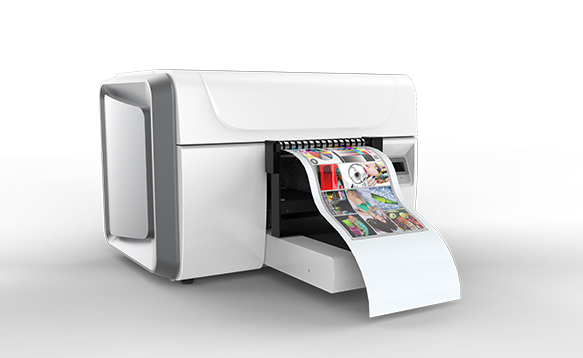
Small UV Printer Price: Balancing Cost and Quality for Your Business
- By:nocai uv printer
- 2021-08-02
- 997
In today’s fast-paced business world, the need for high-quality, on-demand printing services is greater than ever. However, many small businesses struggle with the high cost of purchasing and operating industrial-grade printing equipment. In this article, we will explore the option of small UV printers and how they can balance cost and quality for your business.

What is a Small UV Printer?
A small UV printer is a cost-effective, desktop printing solution that uses ultraviolet (UV) light to cure ink onto a variety of materials. These printers offer a balance between cost and performance, providing high-quality prints without the hefty price tag of professional-grade equipment.
Benefits of Small UV Printing
Small UV printers offer several benefits to businesses, including:
Cost-Effectiveness – UV printers typically cost much less than their industrial counterparts, making them a more affordable option for small businesses. Additionally, because they use UV light to cure ink, they require less energy, further reducing operating costs.
Portability – Small UV printers are typically smaller and lighter than industrial printers, making them easier to transport and store. This portability allows for greater flexibility in production and printing on-the-go.
High-Quality Printing – Although they are more affordable, small UV printers still provide high-quality prints that are suitable for a variety of applications, including marketing materials, labels, and packaging.
Speed – With UV curing technology, prints can be processed quickly, reducing production time and increasing efficiency.
Environmental Friendly – UV inks are typically low-VOC (volatile organic compounds) and water-based, making them more environmentally friendly than many other inks.
Limitations of Small UV Printing
Although small UV printers offer many benefits, they do have some limitations compared to industrial-grade printers:
Print Size – UV printers are typically smaller in size, with a limited print area. This may limit the size of prints that can be produced, making them suitable for smaller projects and applications.
Speed – Although they are faster than many other printing methods, their production speed is still slower than some industrial-grade printers. This may limit their efficiency for high-volume printing.

